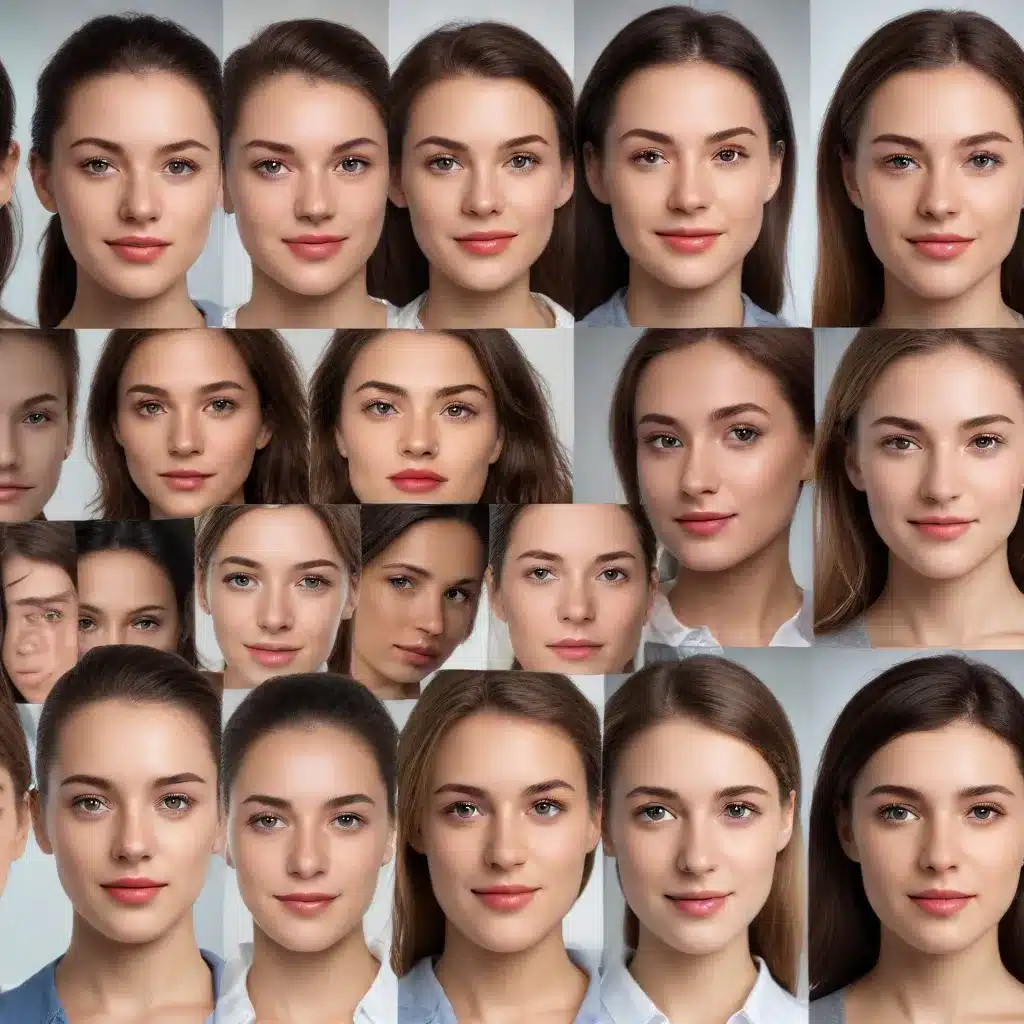
Exploring the Power of Vision Language Models in Facial Attribute Recognition
In the ever-evolving landscape of technology, the ability to accurately recognize and classify human facial attributes has become increasingly crucial. From personalized marketing strategies to secure authentication systems and seamless human-computer interactions, the demand for reliable gender classification solutions continues to grow. However, this task poses several challenges, including variations in lighting, facial movements, and the diversity of ethnic and age-related facial features.
Fortunately, the advancements in Artificial Intelligence (AI) and Deep Learning (DL) have significantly improved the effectiveness, flexibility, and speed of gender classification systems. AI enables complex and automatic feature learning from data, while DL is particularly well-suited for handling the inherent variations in vision-based data. In this article, we delve into the intricacies of leveraging various deep learning architectures, including EfficientNet_B2, ResNet50, ResNet18, and Lightning, to evaluate their performance in gender classification tasks.
Evaluating Deep Learning Architectures for Gender Classification
Our evaluation process focused on key performance metrics, such as accuracy, precision, recall, and the F1-score. The results were quite compelling, with ResNet18 emerging as the top performer, boasting a validation accuracy of over 98%. This was closely followed by ResNet50, which also delivered impressive results, though it required more epochs to reach convergence.
The implications of this study for the development of future work in gender classification technology are far-reaching. By exploring the state-of-the-art approaches and conducting in-depth case studies, researchers and stakeholders can optimize the efficacy and accountability of such systems, ultimately supporting societal gains through the advancement of this technology.
Leveraging Vision Language Models for Facial Attribute Recognition
While traditional convolutional neural networks (CNNs) and other deep learning techniques have demonstrated effective performance in facial attribute recognition, there remains significant potential for further enhancements to increase the overall recognition accuracy. In this context, the emergence of Vision Language Models (VLMs) has presented a promising avenue for exploration.
VLMs, such as Generative Pre-trained Transformer (GPT), Google GEMINI, Large Language and Vision Assistant (LLaVA), Google PaliGemma, and Microsoft Florence2, have shown remarkable capabilities in integrating visual understanding with textual analysis. By harnessing the power of these multimodal models, we can unlock new possibilities in recognizing facial attributes like race, gender, age group, and emotion from images with human faces.
Exploring the Capabilities of VLMs in Facial Attribute Recognition
To evaluate the performance of VLMs in facial attribute recognition, we utilized several diverse datasets, including FairFace, AffectNet, and UTKFace. These datasets offer a wide range of facial images, capturing variations in lighting, pose, and demographic representation.
Our experiments revealed that VLMs are highly competitive and, in some cases, superior to traditional deep learning techniques in facial attribute recognition tasks. Notably, we introduced “FaceScanPaliGemma,” a fine-tuned PaliGemma model that outperformed pre-trained versions of PaliGemma, other VLMs, and state-of-the-art methods.
FaceScanPaliGemma demonstrated impressive accuracy in race, gender, age group, and emotion classification, achieving 81.1%, 95.8%, 80%, and 59.4% respectively. These results underscore the potential of VLMs to serve as powerful, versatile, and efficient solutions for facial attribute recognition, addressing challenges such as variations in lighting, facial movements, and demographic diversity.
Enhancing Facial Attribute Recognition with FaceScanGPT
While FaceScanPaliGemma showcased exceptional performance on single-person facial images, we recognized the need to address more complex scenarios where multiple individuals are present in a single image. To tackle this challenge, we developed “FaceScanGPT,” a multitasking VLM capable of detecting, localizing, and recognizing the facial attributes of multiple individuals within an image.
FaceScanGPT leverages the advanced capabilities of GPT-4o, enabling it to seamlessly integrate visual understanding with textual analysis. This model can accurately identify the race, gender, age group, and emotion of individuals in an image, even when multiple people are present, driven by a prompt-based approach.
Our experiments with the DiverseFaces dataset, which contains images with four individuals from various backgrounds, demonstrated the remarkable multitasking abilities of FaceScanGPT. The model achieved an accuracy of 83% and an F1 score of 79% for race classification, 97% accuracy for gender classification, and 80% accuracy and 76% F1 score for age group classification.
Ethical Considerations in Facial Attribute Recognition
As we delve deeper into the realm of facial attribute recognition, it is crucial to prioritize ethical considerations. AI technologies, including those used for facial analysis, have the potential to perpetuate or amplify existing biases if not developed and deployed responsibly.
When training and fine-tuning our VLM-based solutions, we have taken great care to utilize diverse and unbiased datasets, such as the FairFace dataset, which aims to address historical inequalities and societal prejudices. Additionally, we have emphasized the importance of transparency, accountability, and privacy protection throughout the development process.
By prioritizing ethical practices, we can ensure that the advancements in facial attribute recognition technology contribute to societal gains, promoting fairness, inclusivity, and responsible use of these powerful AI capabilities.
Conclusion: Unlocking the Future of Facial Attribute Recognition
The deep learning approaches and vision language models explored in this article have demonstrated remarkable potential in advancing the field of facial attribute recognition. From the exceptional performance of ResNet18 in gender classification to the versatility of VLMs in recognizing race, gender, age, and emotion, these technologies have the power to transform various applications, from personalized marketing to secure authentication systems.
As we look to the future, the continued refinement and integration of VLMs, such as FaceScanPaliGemma and FaceScanGPT, hold the promise of even more accurate, efficient, and ethical facial attribute recognition solutions. By prioritizing ethical considerations and leveraging the synergies between language and visual understanding, we can unlock new frontiers in this rapidly evolving field, ultimately benefiting individuals and communities across diverse sectors.
The IT Fix blog is dedicated to providing practical tips, in-depth insights, and cutting-edge advancements in the world of technology, computer repair, and IT solutions. Stay tuned for more exciting developments in this space as we continue to explore the transformative power of deep learning and vision language models.












